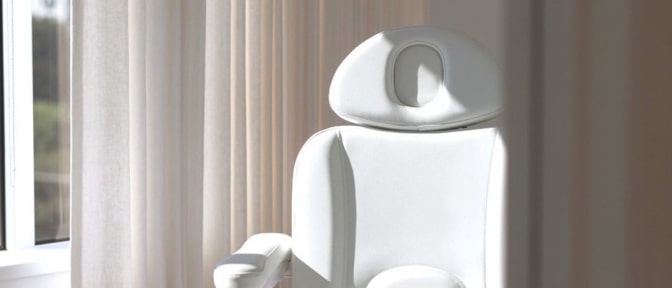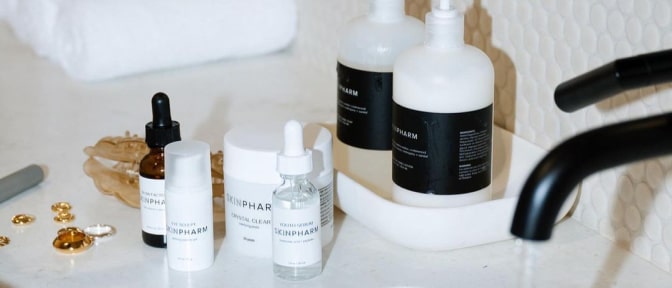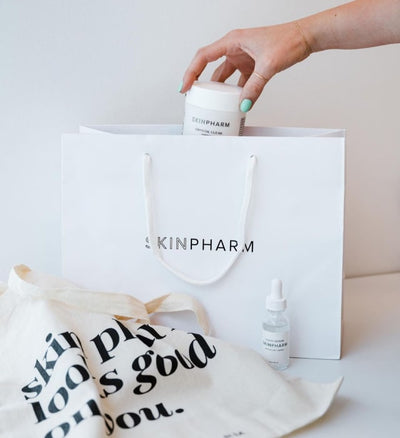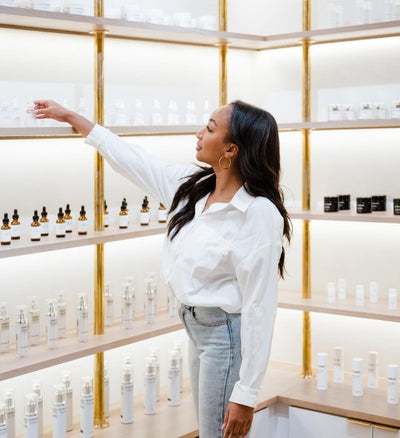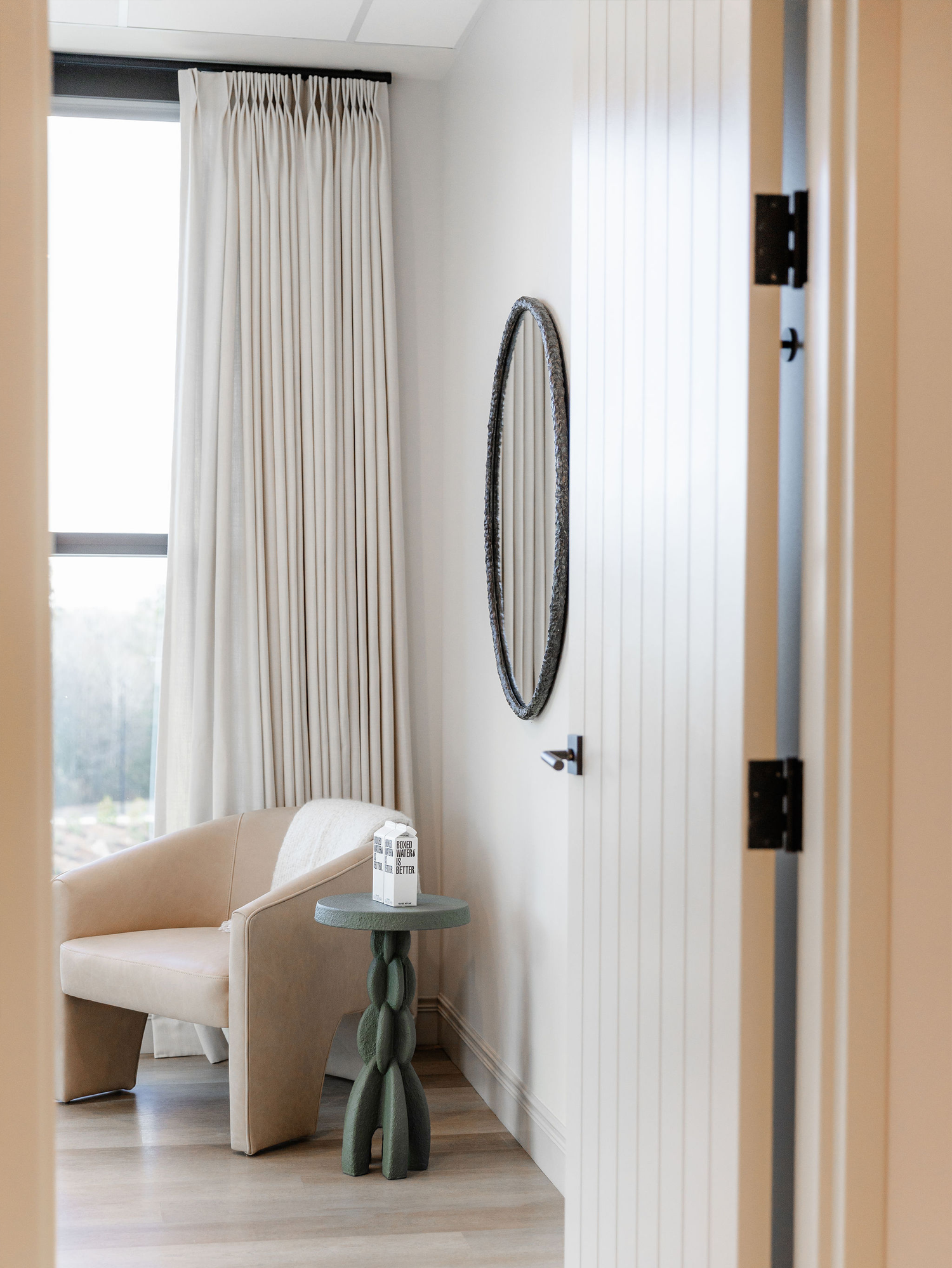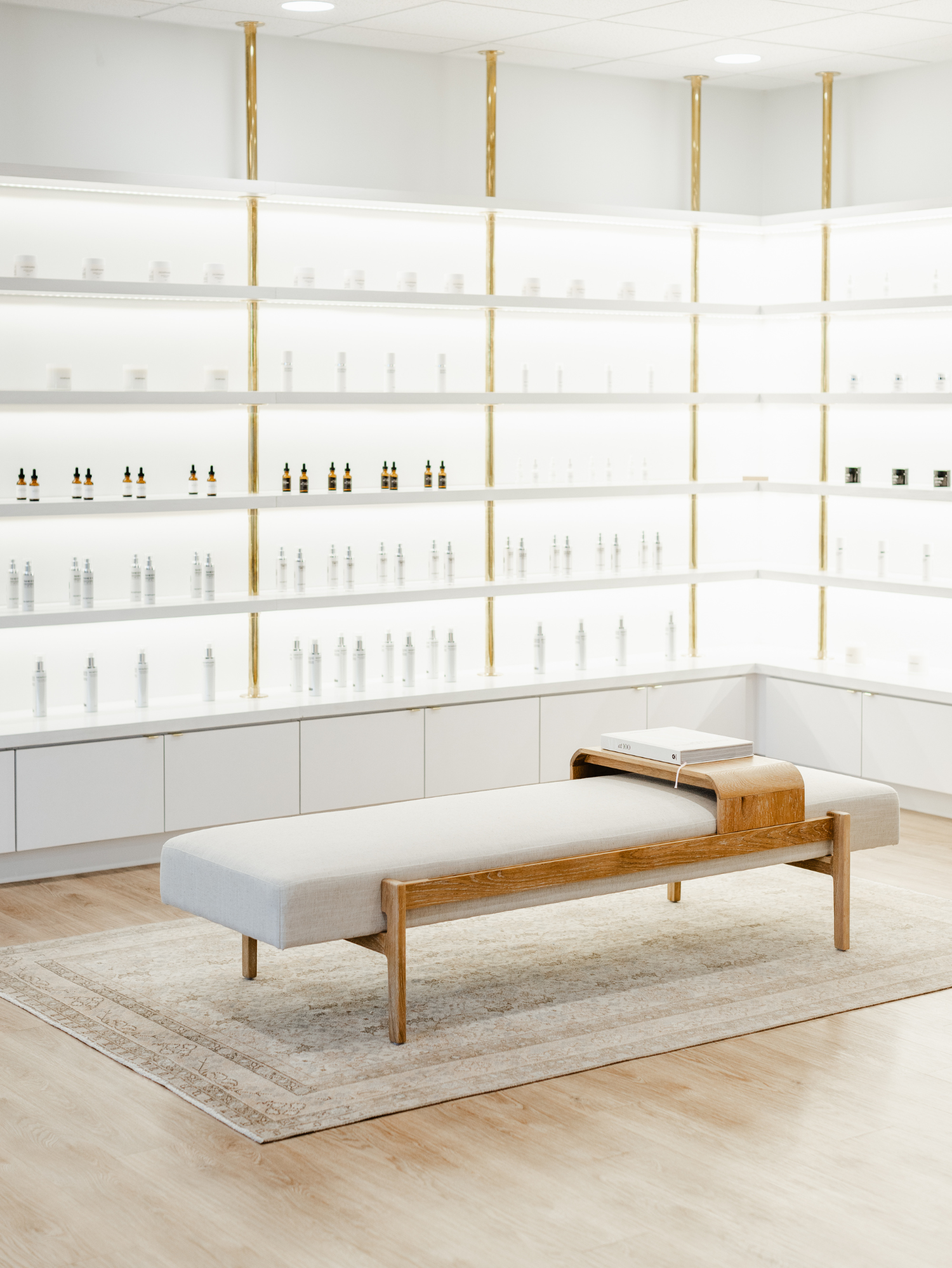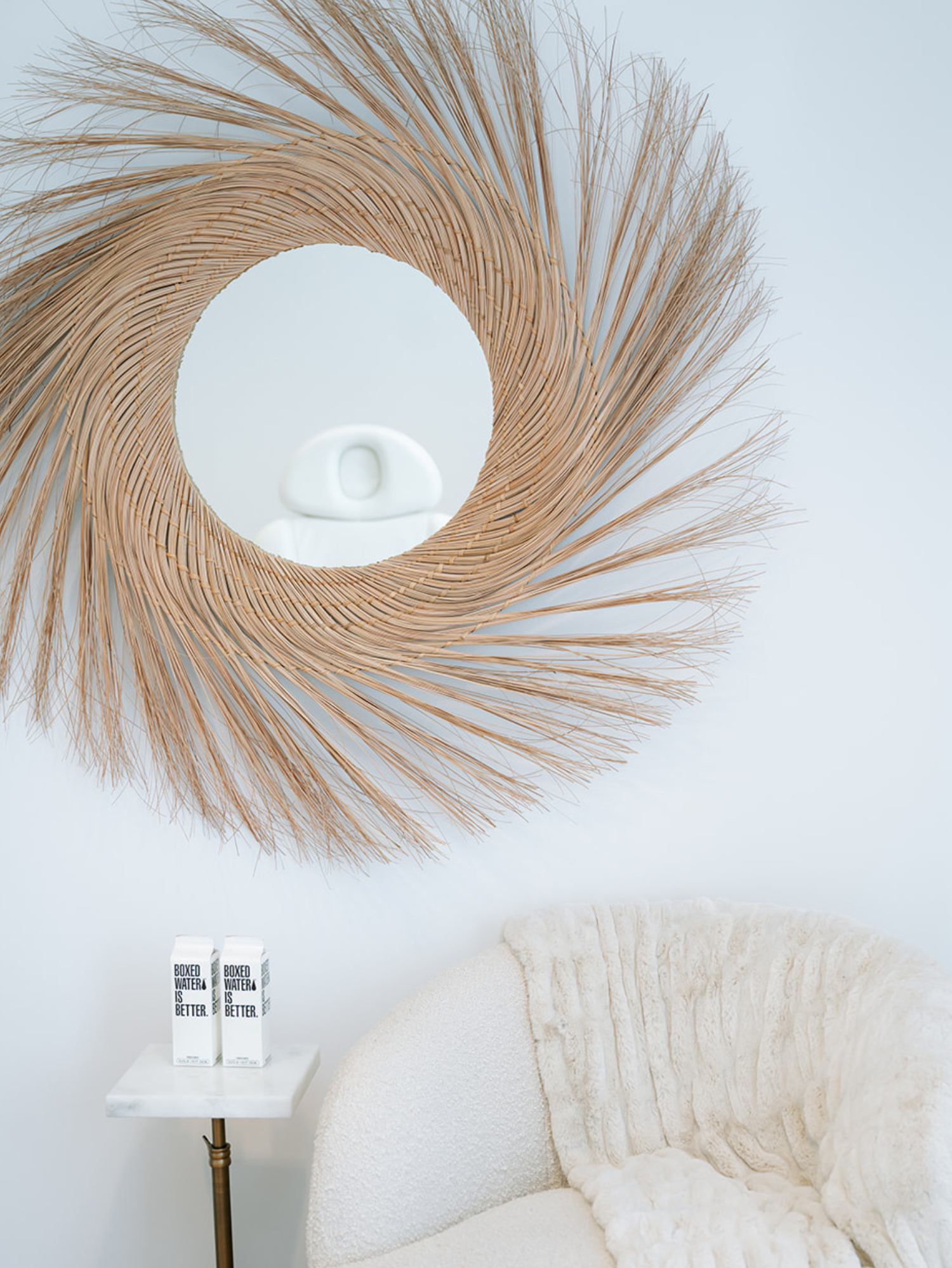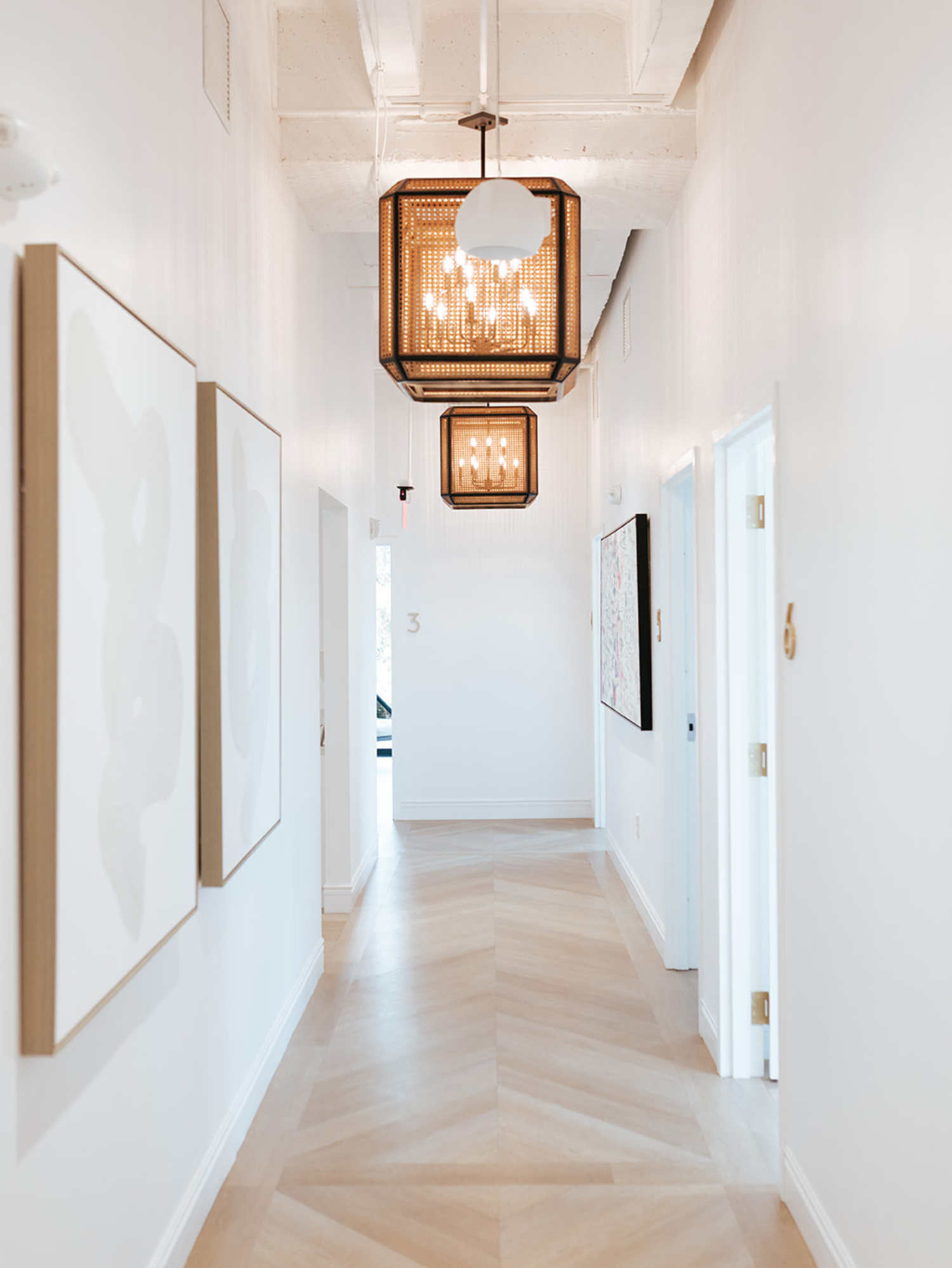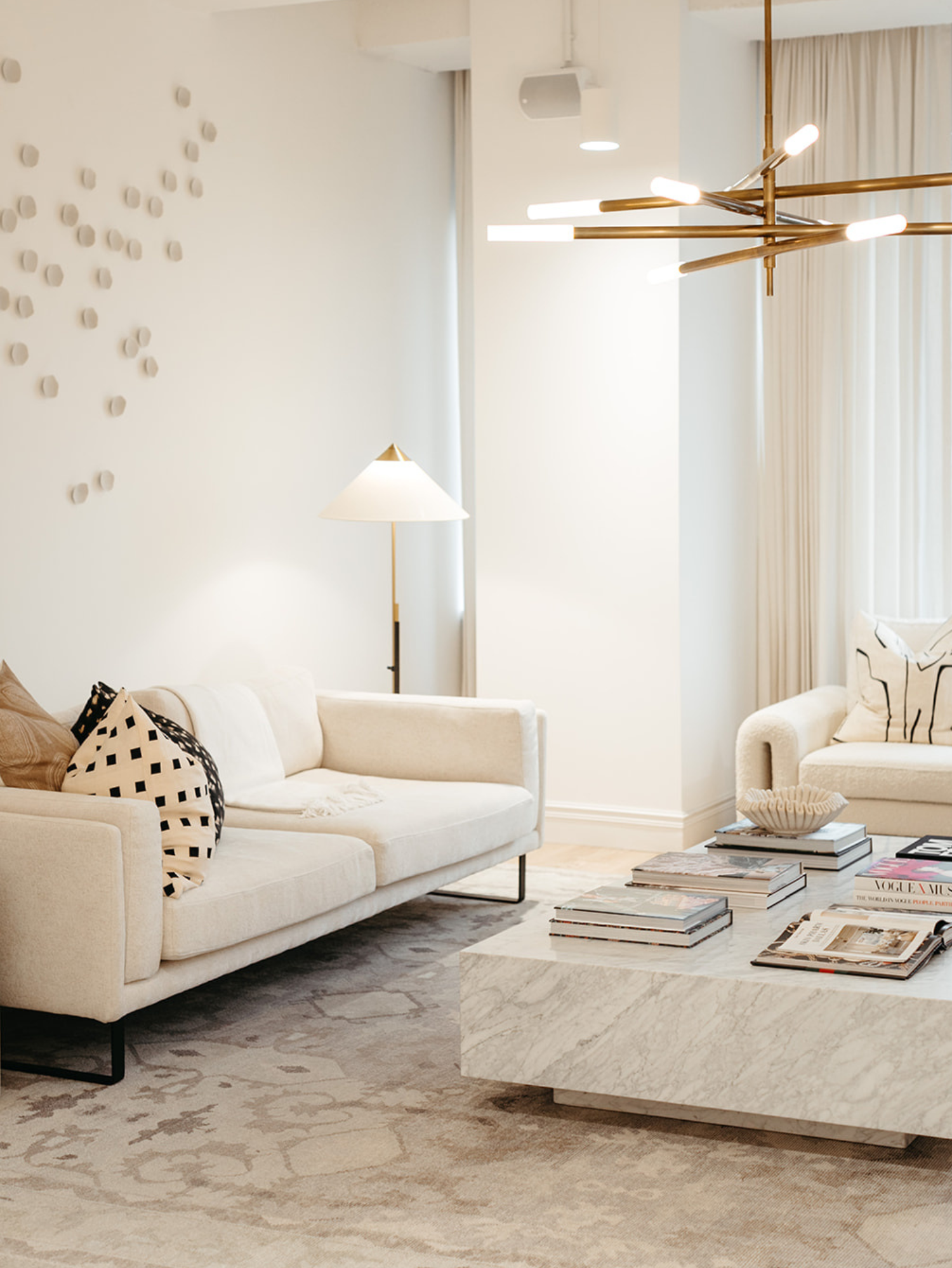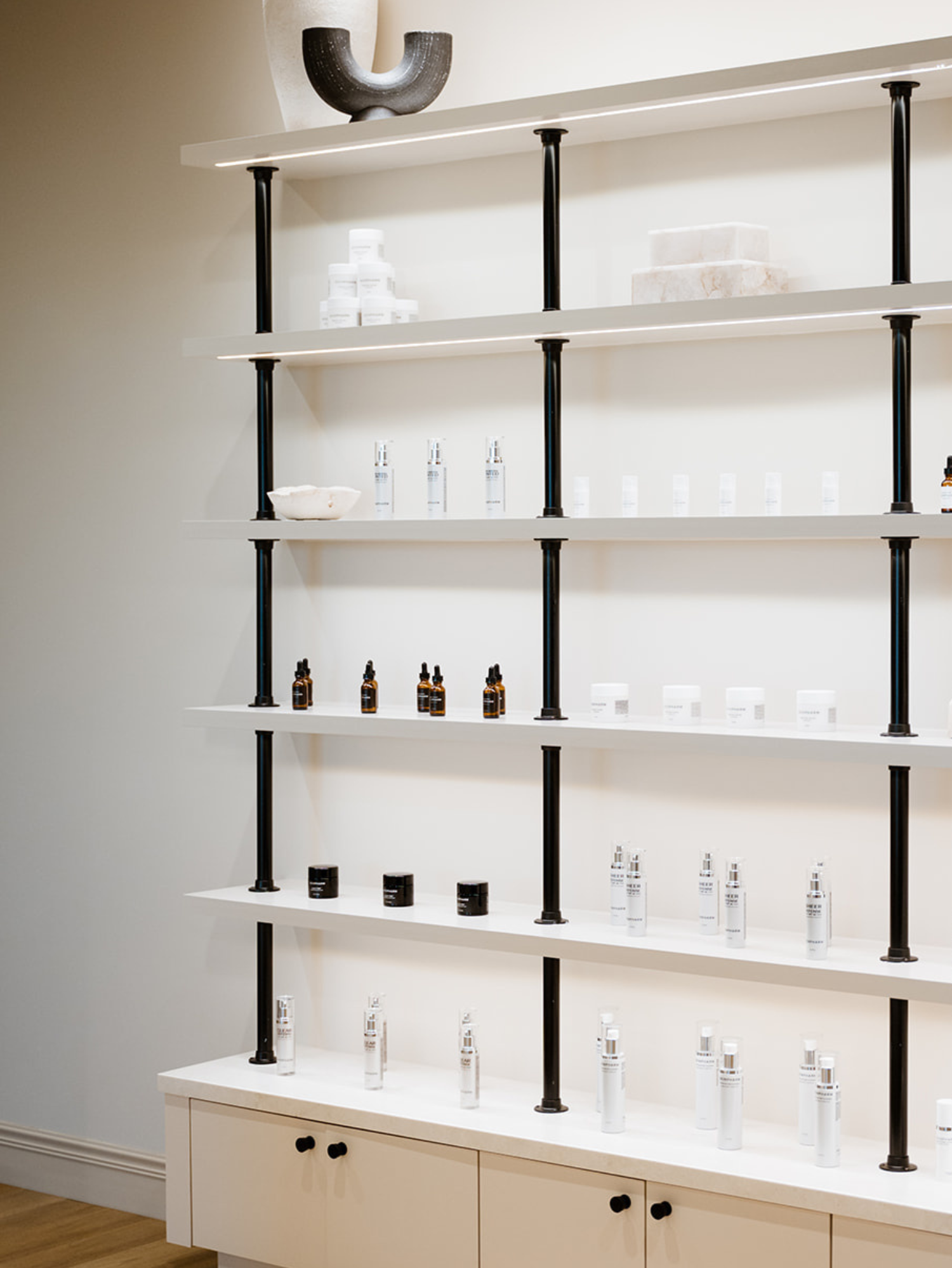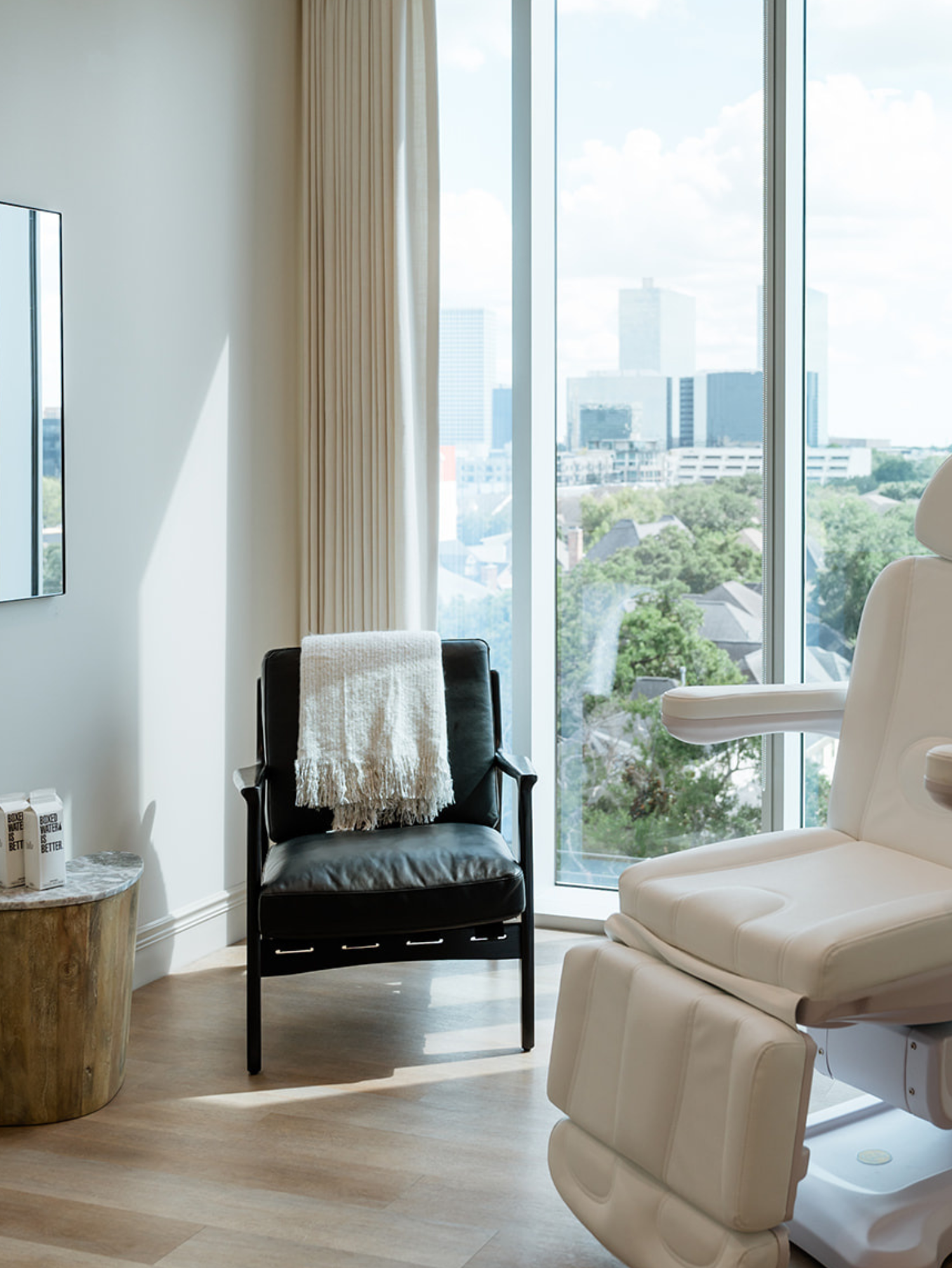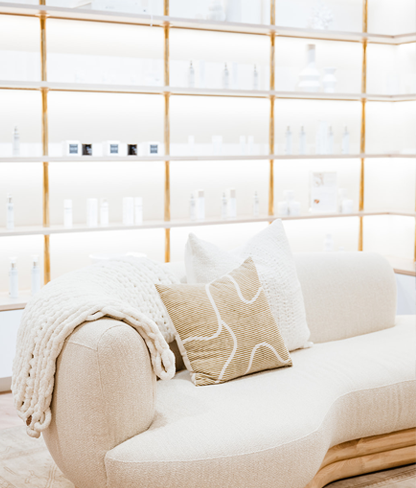Shop skin care
Clinics
VISIT OUR 9 CLINICS →
HOURS
Monday – Friday
9:30a – 5:30p
Using Botox to Treat Under Eye Wrinkles When Smiling

Smile lines are a normal part of life, especially as the skin ages, but that doesn’t mean that you just have to deal with them.
Using Botox for under eye wrinkles when smiling is one of the most common reasons people elect cosmetic treatment.
Learn more about how you can help reduce the visibility of the fine lines and wrinkles around your eyes and what to expect before, during, and after the procedure.
Understanding the Botox basics
Botox is the injectable cosmetic treatment with the longest history, as it was first introduced to the market in 1989. Interestingly enough, the drug was originally dreamed up by an ophthalmologist named Alan Scott, who wanted to help a patient who had failed other, more conventional treatments for double vision.
It wasn’t until he sold his rights to the tamed-down version of botulism toxin (Botulinum toxin type A) to Allergan in 1991 that it started to gain the popularity it continues to have today.
Botox works by safely weakening or paralyzing the muscles it is injected into. It does that by blocking signals sent from the nervous system (via nerves) to those muscles.
The result is that the facial muscles are no longer told to contract, so they relax and don’t move. The reduction in the appearance of fine lines and wrinkles that you see after a Botox treatment isn’t caused by the skin itself, but the muscle underneath it.
What types of wrinkles does Botox treat?
Understanding how Botox can help involves understanding the difference between two categories of wrinkles — dynamic and static.
Dynamic wrinkles are lines that are formed on the face as the result of facial movements. These movements can be conscious (like smiling, frowning, furrowing the brow, etc.) or unconscious (clenching the jaw during sleep, grimacing as a response to discomfort, squinting in the sunlight, etc.).
Over time, the repetitive nature of these facial movements (and expressions) causes the skin above the involved muscles to stretch. While the skin is incredibly resilient in our younger years, as we age, it naturally starts to lose the ability to bounce back (due to collagen loss). This results in dynamic wrinkles, or wrinkles that appear when the face moves.
An excellent example of dynamic wrinkles are crow’s feet — the wrinkles outside of the eyes.
On the other hand, static wrinkles are visible even when the face is at rest. As collagen loss progresses, the additional reduction in skin elasticity turns dynamic wrinkles into wrinkles that are visible when you’re not making the associated facial movement.
Examples of static wrinkles include nasolabial folds (the lines between the side of the nose and mouth), laugh lines and marionette lines (the lines between the corner of the mouth and chin).
Only one of these types of wrinkles is able to be effectively treated with Botox injections — dynamic wrinkles. Static wrinkles should be managed with dermal filler, like Juvederm or Restylane, which work to “fill in” the lines.
Under eye wrinkles 101
The eye area is often the first part of the face to show dynamic wrinkles. While we involve the eyes in many of our day-to-day facial movements and expressions, both conscious and unconscious, wrinkles are more visible in this area due to how thin the skin is.
In fact, the skin around the eyes is up to ten times thinner than the skin on the rest of the face. That makes it far less resilient and far more likely to show not only fine lines and wrinkles but also puffiness and dark circles (due to the visibility of the capillaries under the skin there).
There are a few causes of under eye wrinkles to note, in addition to the anatomy of the skin.
AGING—The aging process takes an already thin, fragile under eye area and makes it even more delicate. As the natural collagen and elastin (the proteins in the skin that give it its resiliency) decrease and the production of new proteins to replace them also slows down, your skin begins to show increasingly more apparent fine lines and wrinkles.
CHRONIC SUN EXPOSURE—One of the leading factors behind the premature development of fine lines and wrinkles is chronic sun exposure. While a single day spent in the sun without sunscreen can lead to an uncomfortable sunburn, a lifetime of that type of exposure can start to speed up the breakdown of collagen in the skin. When combined with the squinting associated with being in the sun, one of the main visible effects of chronic sun exposure is wrinkles in the under eye area.
SLEEPING POSITION—The position you sleep in can also affect how quickly you develop under eye wrinkles. When you sleep face down, it not only puts pressure on your skin but can also lead to a build-up of fluid overnight, leading to morning puffiness.
If you can’t sleep in any other position, consider investing in a silk pillowcase to help minimize the negative effects.
Using Botox to treat under eye wrinkles when smiling
So what can we do about the wrinkles under the eyes? Luckily, as most are considered dynamic wrinkles, Botox is incredibly effective in helping to minimize their appearance.
If you’re interested in discussing how Botox can help you with the visibilities of your under eye wrinkles, we suggest you schedule a consultation with one of our skin care providers.
Together, we can develop a comprehensive treatment plan to help you reach your goals. We can also give you an idea of how many units of Botox you may need to treat your under eye area and if there are any other areas of concern that you may also be interested in treating.
Injecting Botox into your under eye area involves tiny needles, and most people say they don’t feel any more uncomfortable than a slight pinch. The actual injections shouldn’t take more than a few minutes and will be targeted to help you get rid of the wrinkles in that specific area.
The goal is to reduce the visibility of wrinkles without making your face look unnatural.
Once your Botox injections are finished, there is minimal downtime. However, because the injections are placed in a more visible area, there may be some swelling or slight bleeding that may result. Avoid touching the area, especially for the four hours after they are performed, and you should see any side effects resolve within a day or two.
How long before I see visible results? How long will they last?
The only potential downside to Botox treatment is that you won’t walk out of the office and see a noticeable difference. It doesn’t take long, though, as the first signs of the smoothing process begin to show one to three days after your injections. Shortly after that (around one to four weeks in), you’ll reach your peak effect, lasting between three and four months.
Unfortunately, Botox results are not permanent.
After your Botox injections begin to wear off, you will slowly notice a return to your previous facial movements. To keep up with the reduction in your fine lines and wrinkles, you’ll need to return to get additional injections every few months.
Some people choose to have them done before they notice their previous Botox has worn off, while others like to stretch it out as much as possible.
Perhaps you decide not to continue with Botox injections? Nothing additional needs to be done. Eventually, once your Botox has worn off, your skin will return to what it looked like before you started having injections performed.
You can always start up again in the future if you change your mind.
Count me in. Where else can I use Botox?
Because Botox has been around for so long, many different uses have been discovered for the injectable. In addition to treating your under eye area, here are a few other areas to consider having Botox injected:
- Forehead
- Between the eyebrows
- Next to the nose
- Around the mouth
- The chin and neck
Botox can also be paired with other injectable medications, like dermal fillers, to alter your overall face shape. It can help take care of dynamic wrinkles and smooth the face, while filler can help fill in static wrinkles to appear less prominent.
When combined with a quality skin care routine, you can keep your face looking youthful and smooth for many years to come.
To wrap things up...
Using Botox to treat under eye wrinkles when smiling can be an easy way to manage one of the most common aesthetic concerns. With just a few tiny injections, repeated every three to four months, you can take years off your appearance without having to go under the knife.
If you’re ready to schedule an appointment, or if you’d just like to speak with one of our advanced practice providers about your options, give Skin Pharm a call today.
SOURCES:
